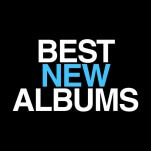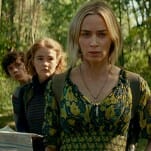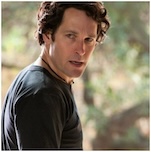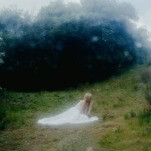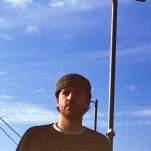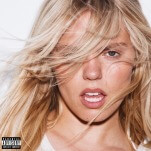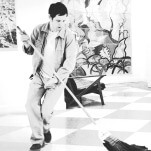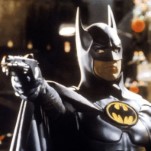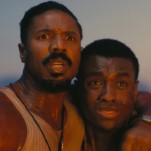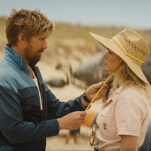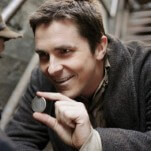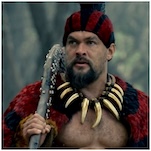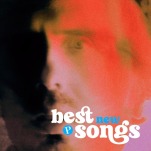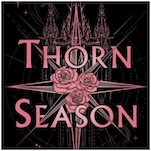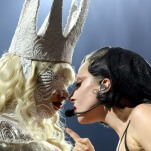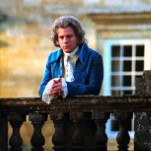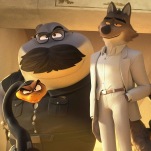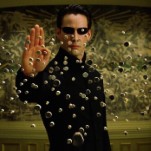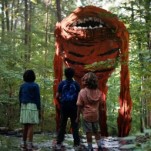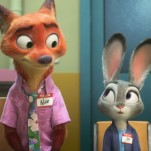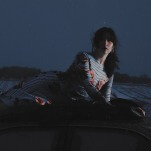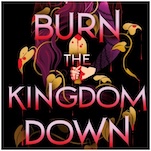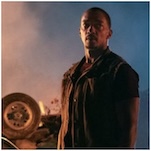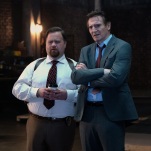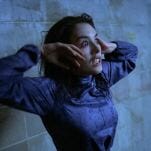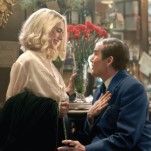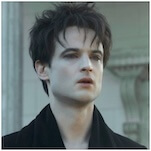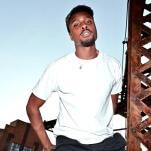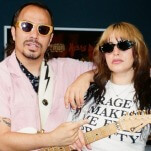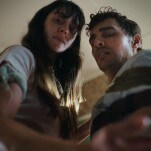Home Alone 2: Lost in New York and the Joys of the John Hughes Ensemble
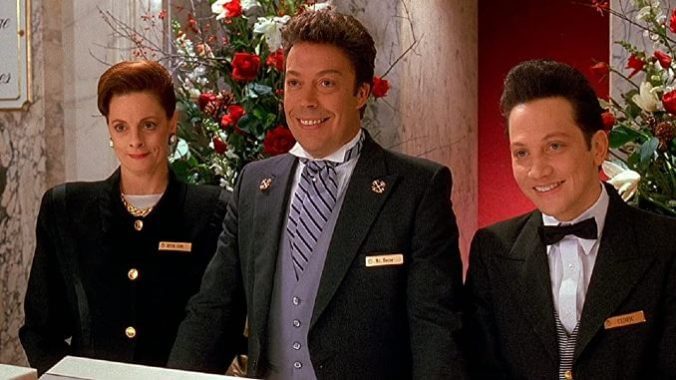
John Hughes had many gifts, but perhaps his most impressive talent as both writer and director was his inescapable ability to generate unforgettable moments. He was great at setpieces, yes, and moments of earnest, raw emotion, particularly when it came to young people. But even beyond the flashier, most dazzling bits of his filmography—the parade in Ferris Bueller’s Day Off, the wrong-way highway crash in Planes, Trains and Automobiles, the birthday cake in Sixteen Candles—Hughes was a master of a certain kind of relatable strangeness. His films created movie stars, yes, but John Hughes also loved weirdos, and it’s a love that shines in his knack for building out a memorable, instantly endearing supporting cast in movie after movie. It’s a talent Hughes was so adept at wielding that it extended even to films he didn’t direct, and to films that don’t necessarily stand out as the brightest spots in his filmography. It’s apparent in just about every film he ever made, but it stands out especially well in a film like Home Alone 2: Lost in New York.
Released 30 years ago this month—after Home Alone became a runaway box office hit over the winter of 1990 and 1991—Home Alone 2 is a classic example of scaled-up sequelizing. It retains much of the same formula as the original film and revisits many of the same characters, but with an added grand-scale pop from a bigger budget and a change of scenery. It exists because Home Alone made a lot of money and Twentieth Century Fox executives (wisely) wanted Hughes and director Chris Columbus to make more.
But with this upscaled second effort came new challenges, even beyond the logistical hurdles of shooting much of the film in the Big Apple. Home Alone is, for all its slapstick fun, a little bit of a bottle movie. The meat of the action takes place in one location, with three actors, and the thematic weight of the film centers on Macaulay Culkin as a little kid who realizes the world changes shape and rushes in to fill the void left when his family accidentally abandons him. It has a great ensemble, from the McCallister children to Catherine O’Hara and the incomparable John Candy, but it’s also, in some of its most memorable moments, a very intimate movie born of a straightforward, satisfyingly Hughesian concept.
Lost in New York, by necessity, has to change much of this dynamic, at least in the film’s first and second acts. It begins with the familiar, then once again catapults young Kevin into the unfamiliar, which means he can no longer be surrounded by the same Chicago suburb, the same local market, the same church where a kindly old neighbor befriends him. Hughes has to find something else for Kevin to experience, something that begins as alluring but quickly becomes frightening the more he realizes that absolute freedom isn’t all it’s cracked up to be. That means that, once again, Kevin has to be surrounded by a crop of skeptical adults, and in true Hughes fashion, they all must be, in some way or another, complete weirdos.
So, with the help of Columbus and the incredible casting direction of Janet Hirshenson and Jane Jenkins, Hughes (who also produced the film, as he did with so many of his writing efforts) assembled a fresh ensemble composed of both mainstays and newcomers, all of them memorable faces which add to the sense that Kevin is walking in yet another alien landscape which is at once inviting and terrifying.
Because this is a sequel, of course, the landscape is peppered with more famous faces, from Tim Curry as the Plaza Hotel concierge to Rob Schneider stepping out of SNL and into the role of Cedric the bellhop. But despite some big names and a couple of standout cameos (including an unfortunate appearance by some guy who used to be the President), Hughes and Columbus never give up the Hughesian desire for authentic strangeness in the supporting characters. Curry was, of course, born to serve that dynamic, and Schneider is gamely deployed as the put-upon underling, but they’re far from the only interesting faces in this film’s particular New York landscape. Dana Ivey is remarkable as a desk clerk who carefully builds a façade of elegant composure only to let it crumble later. Eddie Bracken is wonderfully deployed as Mr. Duncan, the owner of a toy store which serves as one of the film’s centerpieces. Then of course, there’s the great Brenda Fricker as the Pigeon Lady, a character who serves the same purpose as Roberts Blossom in the original film, but whom Fricker nevertheless makes her own through a deep, contemplative warmth.
-

-

-

-

-

-

-

-

-

-

-

-

-

-

-

-

-

-

-

-

-

-

-

-

-

-

-

-

-

-

-

-

-

-

-

-

-

-

-

-

